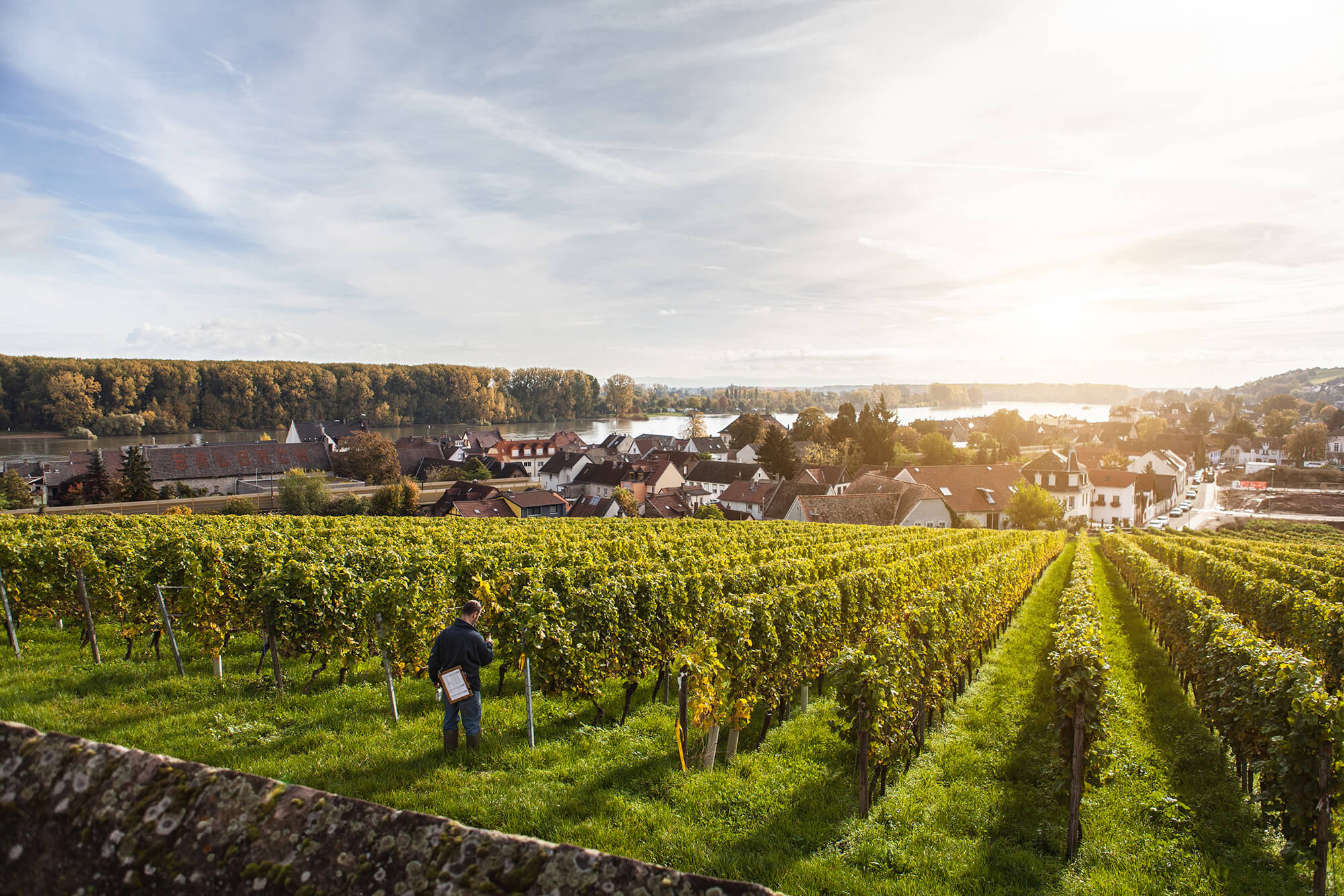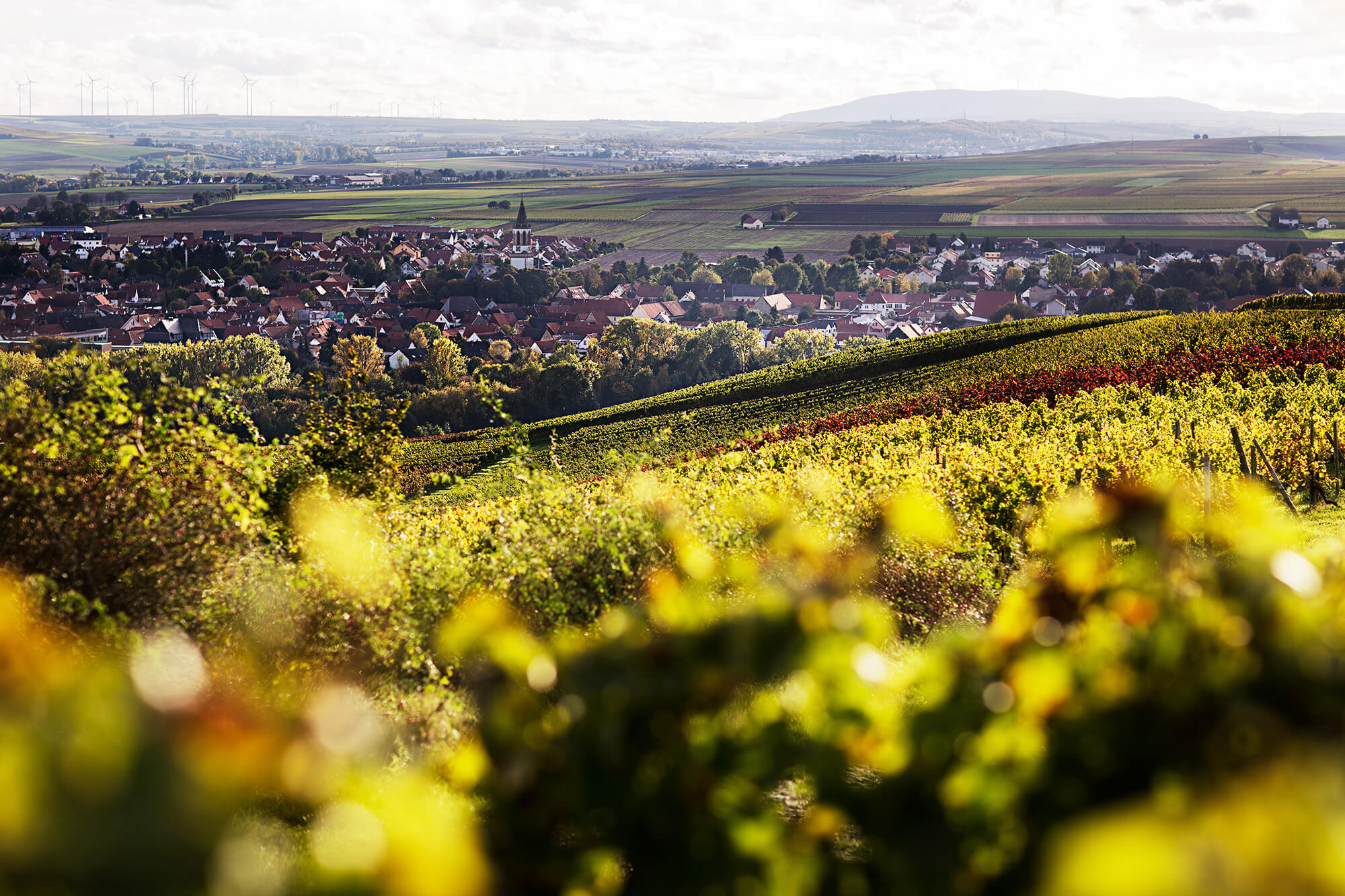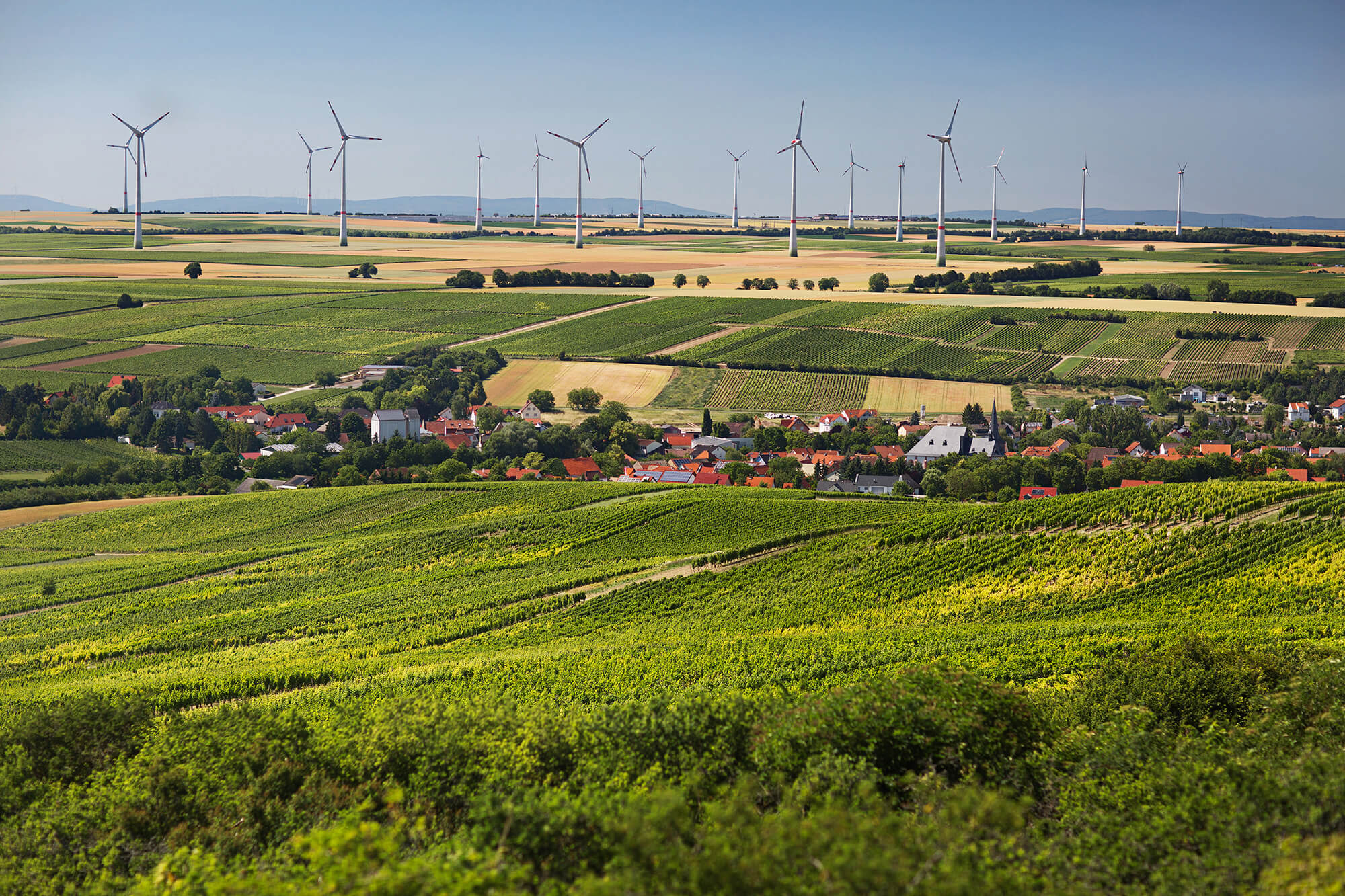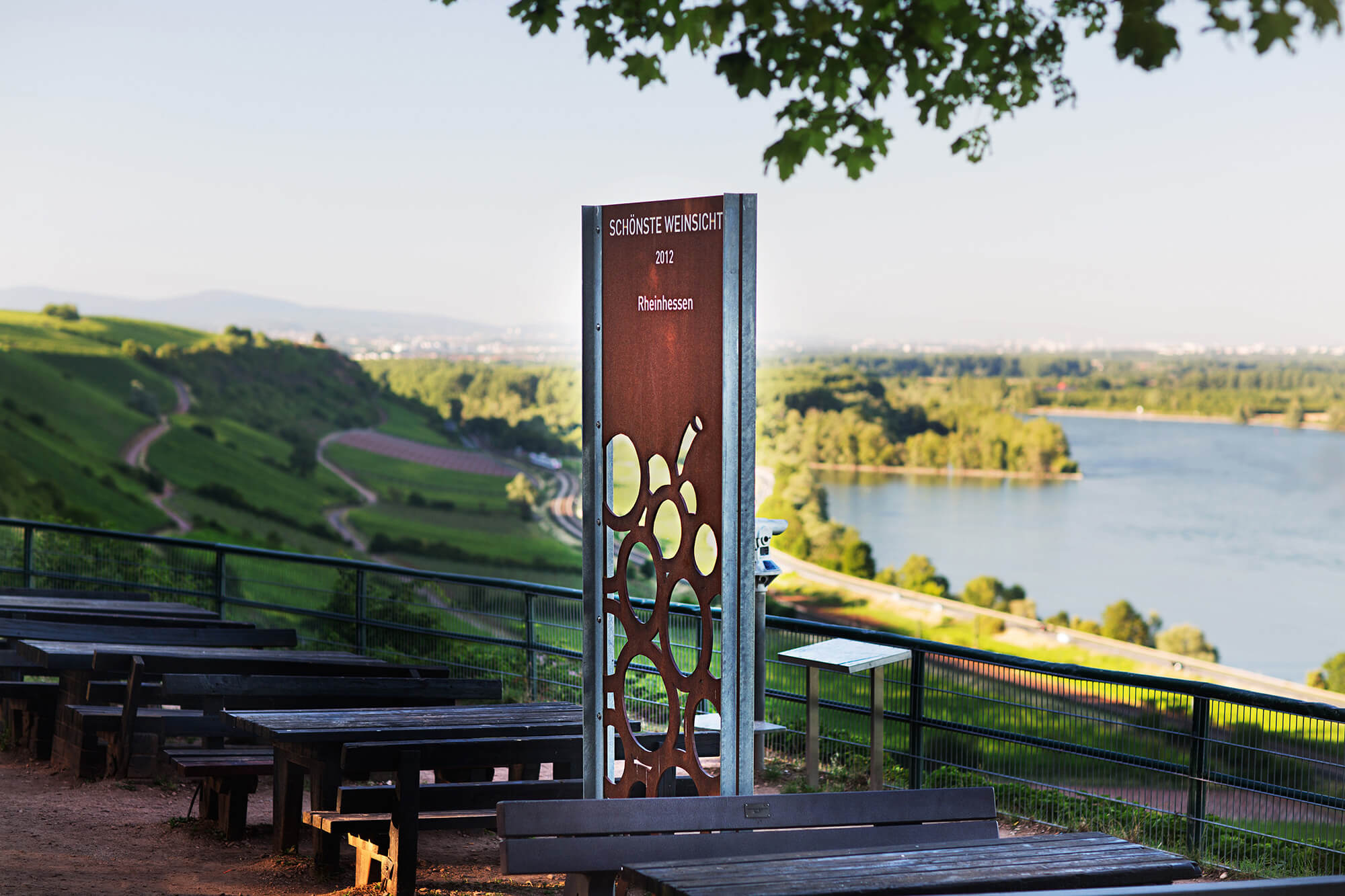Introduction
Germany’s largest wine region, Rheinhessen, lies in a valley of gentle rolling hills. Grapevines are one of many crops that share the fertile soils of this region’s vast farmlands. Varied soils and the favorable climate make it possible to grow many grape varieties, old and new. In fact, many of Germany’s aromatic, early-ripening new crossings were bred in Rheinhessen by Professor Georg Scheu (pronounced “shoy”), after whom the Scheurebe grape is named. Rheinhessen wines are often characterized as being soft, fragrant, medium-bodied and mild in acidity – pleasant, easy-to-drink wines. There are also wines of great class and elegance, with a depth and complexity second to none.
Statistics
Major Town: Mainz, Worms, Alzey, Bingen
Districts: 3
Collective Sites: 23
Individual Sites: 387
Vineyard Area: 26,758
Terroir
Climate
– Mild temperatures
– Protective hills and forests
– Long sun hours
– Little rainfall
– One of Germany’s warmest regions and one of the driest regions in Central Europe
Soil
Loess, limestone and loam, often mixed with sand or gravel, are the main soil types. “Rotliegendes” is a red, slaty-sandy clay soil in the steep riverfront vineyards of Nackenheim and Nierstein and near Bingen, there is an outcropping of quartzite-slate.
Top soil types:
Loess
Limestone
Loam
Sand
Quartzite
Porphyry
Terrain
The rolling hills of Rheinhessen are bordered by the Nahe and Rhine Rivers. Steep vineyard sites are confined to small areas near Bingen and south of Mainz along the Rhein Terrasse. Historical wine villages of Oppenheim and Nierstein are located along the Rhine, the eastern boundary of the region. The forested, hilly countryside is known as “Rheinhessen’s Switzerland” in the west, the Tanus Hills lie to the North, and the Oden Forest lie to the east.









